Flystrike, also known as myiasis, is a common and potentially fatal issue that affects Merino sheep.
This condition occurs when flies lay eggs in the damp, contaminated wool near the skin, leading to the infestation of larvae.
Flystrike can lead to significant health problems and even death in Merino Wool Sheep if not treated promptly. This blog post will discuss the essential methods for preventing and treating flystrike in Merino sheep.
Understanding Flystrike in Sheep
Flystrike is a distressing condition that can cause severe damage to the animal’s skin and underlying tissues.
In Merino sheep, it is mainly caused by the green bottle fly (Lucilia sericata) and the Australian sheep blowfly (Lucilia cuprina), both of which thrive in warm, moist environments.
These flies are attracted to the odors emanating from urine, feces, and skin secretions on the merino sheep’s wool.
Once the flies lay their eggs in the contaminated wool, the larvae hatch within a day and start feeding on the sheep’s flesh.
As the infestation progresses, the animal experiences pain, discomfort, and stress, which can lead to loss of appetite, reduced weight gain, and even death if left untreated.

In-Depth Overview of Fly Biology: The Australian Sheep Blowfly
The Australian sheep blowfly is the primary species of blowfly responsible for initiating around 90% of all flystrike incidents. These flies exhibit a distinctive copper green hue and are characterized by their reddish eyes. The adult flies measure approximately 10 millimeters in length and are known for producing smooth-skinned white maggots.
Upon infestation, the damaged tissue and bodily fluids that seep from the flystrike wound, caused by the Australian sheep blowfly (Lucilia cuprina), attract other fly species to the site.
Among these, the hairy maggot fly – (Chrysomya rufifacies), is the most significant secondary species. Although it does not initiate flystrike, it readily invades the wounds created by L. cuprina. These flies are blue-green in color, 10mm in length, and produce the distinctive hairy maggots.
The adult Australian sheep blowfly has an average lifespan of two to three weeks. Its eggs usually hatch into larvae within 12 to 24 hours. These larvae grow rapidly, increasing in size from pinhead dimensions to 10-15mm in length over the course of roughly three days.
They then leave the sheep, usually during the night or in the early morning when ground temperatures are at their lowest, and burrow into the soil to begin pupation a day or two later. Consequently, a substantial number of these flies will emerge as adult blowflies in the vicinity of sheep camps.
The life cycle of the Australian sheep blowfly typically spans 17 days from egg to maturity, given suitable warm weather conditions. Adult Australian sheep blowflies generally do not travel more than three kilometers from their hatching site during their lifetime.
After hatching, the female fly requires a protein-rich meal for her reproductive organs to mature. She needs an additional protein source before laying her eggs. Common protein sources for these flies include carcasses, manure, and existing flystrike sites.
Optimal Environmental Conditions for Flystrike and Sheep Susceptibility
The optimal environmental conditions for flystrike and factors that contribute to sheep susceptibility include:
- Presence of primary species, such as the Australian sheep blowfly (L. cuprina).
- Suitable temperatures ranging between 15-38 degrees Celsius, which promote fly activity and egg-laying.
- Recent rainfall that maintains adequate moisture on the sheep for around three days, supporting larval development.
- Availability of suitable sites on the sheep (wrinkles, urine, feces) that attract flies and facilitate larval growth.
- Wind speeds below 9 km/h, allowing for the best opportunity for flies to disperse.
Sheep susceptibility depends on environmental conditions, sheep breed, and management strategies. Factors that influence sheep vulnerability include:
- Body and wool characteristics (e.g., plain-bodied sheep with low fleece rot incidence are less susceptible).
- Effective worm control and infrequent scouring in hoggets.
- Low wrinkle levels on lambs’ breech.
- Shorter wool (less than four months) during high-risk flystrike periods in spring and autumn.
- Regular paddock monitoring and efficient flystrike treatment availability.
On the other hand, highly wrinkled Merino sheep, poor worm control in daggy hoggets, and flocks with long wool that are uncrutched/unshorn during high-risk periods can increase sheep susceptibility to flystrike.
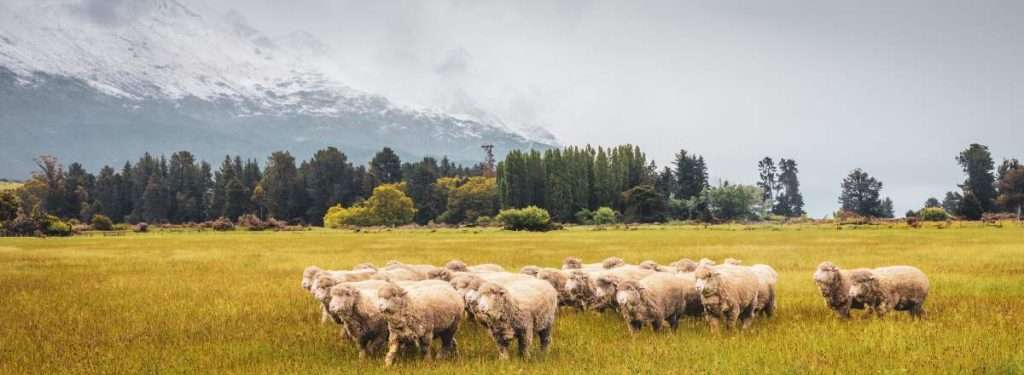
Preventing Flystrike
Preventing flystrike is a critical aspect of managing a healthy Merino sheep flock. To prevent flystrike in sheep, several strategies can be implemented, including long-term genetic solutions and short-term husbandry practices:
1. Breeding for resistance
Select and breed sheep with characteristics that make them less susceptible to flystrike, such as plain bodies, low wrinkle scores, and reduced susceptibility to fleece rot.
2. Crutching and shearing:
Regularly crutch and shear sheep to remove wool around the breech area and maintain shorter wool, especially during high-risk flystrike periods in spring and autumn.
3. Effective worm control
Implement an effective worm control program to reduce fecal contamination (dags) and the risk of flystrike
4. Fleece rot prevention
Regularly inspect your flock, at least every two days during high-risk periods, to identify and treat flystrike cases promptly.
5. Monitor and treat flystrike
Regularly inspect your flock, at least every two days during high-risk periods, to identify and treat flystrike cases promptly.
6. Chemical protection
Apply flystrike prevention products, such as insect growth regulators (IGRs) or insecticides, to protect sheep from blowfly infestation. Always follow the manufacturer’s instructions and observe any withholding periods.
7. Maintain good nutrition and overall health
Ensure your sheep are provided with adequate nutrition, as healthy sheep are generally more resistant to flystrike.
8. Manage the environment
Reduce fly breeding sites by maintaining a clean and dry environment in and around sheep housing, and promptly disposing of carcasses
9. Tail docking
Tail docking in lambs can help reduce the risk of flystrike by removing potential breeding sites for blowflies.
10. Mulesing (controversial)
Mulesing involves removing skin folds around the breech to create a smooth, wool-free area. While it can reduce flystrike risk, it is a painful procedure and has been criticized for animal welfare concerns.
As a result, many farmers are transitioning to other prevention methods or using pain relief if mulesing is deemed necessary.
Mulesing might not be necessary for properties situated in low-risk areas or those where breeders actively choose and cultivate fly and worm-resistant traits in their livestock.
The future regulation of the Australian Animal Welfare Standards and Guidelines for Sheep in Western Australia is anticipated. Under these Standards and Guidelines, the following stipulations will apply:
- An individual performing mulesing must possess the requisite knowledge, experience, and expertise, or be directly supervised by someone who does.
- An individual is prohibited from mulesing sheep younger than 24 hours or older than 12 months.
- An individual must use appropriate pain relief when mulesing sheep between 6 and 12 months of age.
- An individual must not perform mulesing on sheep exhibiting signs of severe illness, frailty, or poor health.
- When mulesing sheep, an individual must only remove the wool-bearing skin.
Combining several of these strategies can significantly reduce the risk of flystrike and improve the overall health and welfare of your sheep.
Treating Flystrike
If flystrike is detected, immediate action is necessary to prevent further damage and ensure the animal’s recovery. The following steps outline the treatment process:
1. Isolate the Affected Sheep
Separate the affected sheep from the rest of the flock to prevent the spread of flies and larvae.
2. Clip the Wool
Using shears or clippers, carefully remove the wool around the affected area, exposing the wound and larvae. Make sure to clip beyond the edges of the infestation to ensure all larvae and eggs are removed. Dispose of the contaminated wool properly to prevent reinfestation.
3. Removal of Larvae
Manually remove any visible larvae using tweezers or forceps. Be gentle and thorough to minimize the risk of leaving any larvae behind.
4. Clean and Disinfect the Wound
Clean the affected area with warm water and mild soap to remove dirt and debris. Afterward, apply a disinfectant to kill any remaining bacteria and larvae. Consult your veterinarian for the appropriate disinfectant to use for this purpose.
5. Apply Topical Treatments
Topical treatments, such as fly repellents and wound sprays, can help prevent further infestation and promote healing. Speak with your veterinarian to determine the most suitable product for your sheep.
6. Systemic Treatment
In severe cases, systemic treatments, such as oral or injectable medications, may be necessary to combat bacterial infections and aid recovery. Your veterinarian will recommend the appropriate treatment based on the severity of the flystrike.
7. Monitor the Sheep’s Recovery
Keep a close eye on the recovering sheep and provide a clean, dry environment to facilitate healing. Regularly inspect the wound for signs of improvement or any indication of reinfestation.
8. Consult a Veterinarian
Always consult your veterinarian for advice on treating flystrike and follow their recommendations closely. They will provide guidance on the best course of action and may suggest additional treatments if necessary.
Preventing and treating flystrike in Merino sheep is a vital aspect of flock management. By implementing the strategies mentioned in this blog post, you can protect your sheep from the devastating effects of flystrike and maintain a healthy, productive flock.
Conclusion
Flystrike poses a severe and life-threatening challenge for Merino sheep; however, through timely intervention and appropriate prevention methods, this problem can be managed effectively.
Gaining insight into the factors that contribute to flystrike and employing efficient preventive strategies can substantially decrease the likelihood of an outbreak among your flock.
In the event that a sheep is afflicted with flystrike, it is crucial to respond swiftly, administer treatment, and seek expert advice from a veterinarian.
Ensuring a hygienic and wholesome habitat for your sheep is essential for their general welfare and the prosperity of your flock.
Related Topics:
Merino Wool Sheep Breed Associations and Registries
What are successful Weaning Practices for Merino Sheep Lambs
The Ultimate Guide to Feeding Merino Sheeps for Optimal Health and Wool Production
Amazing Adaptability of Merino Sheep: Thriving Across Diverse Climates
Decoding the Merino Sheep: Comprehensive Guide to Body Condition Scoring
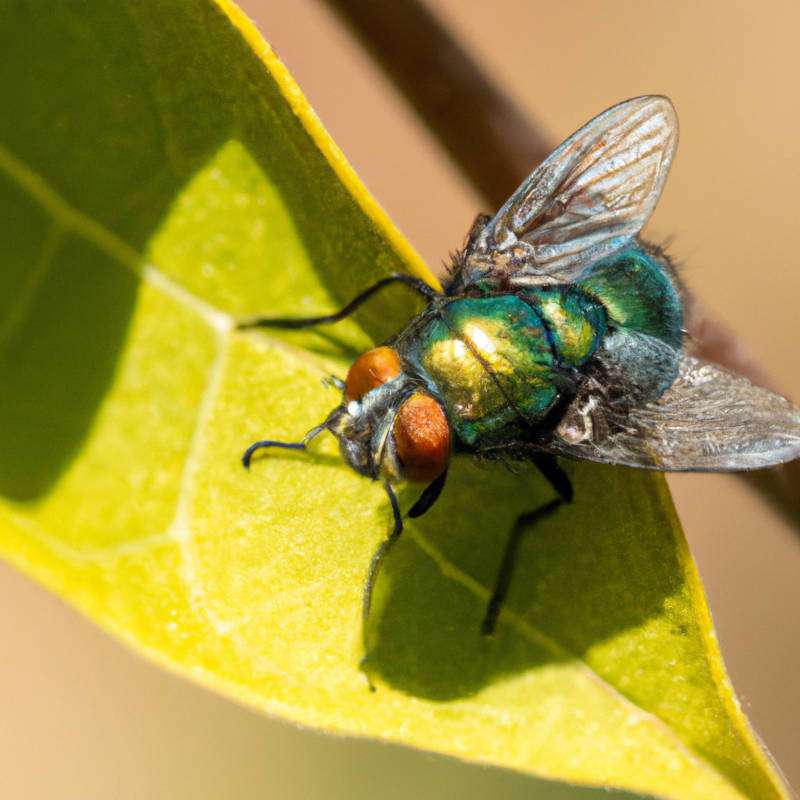
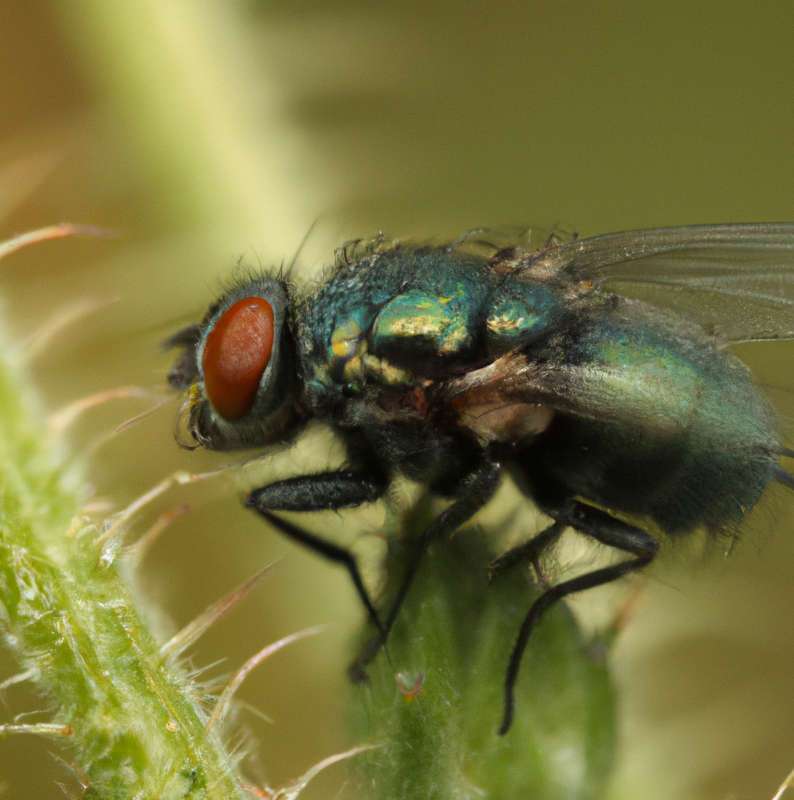
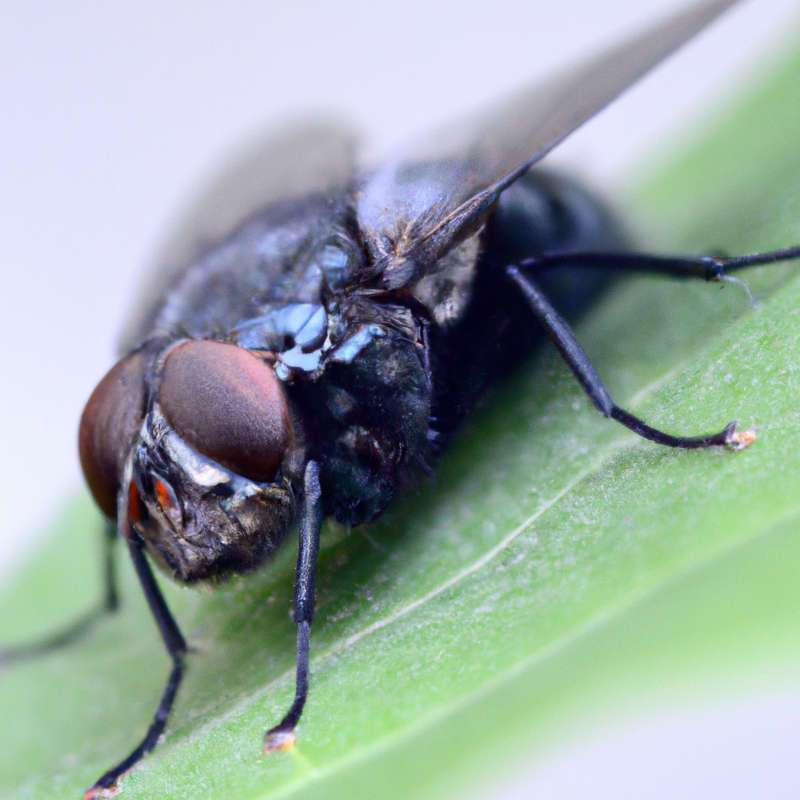
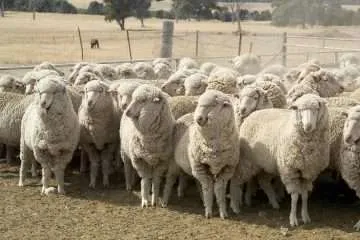
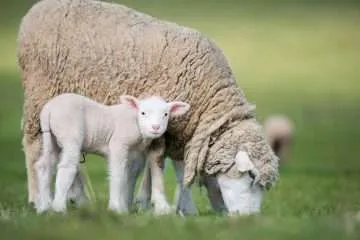
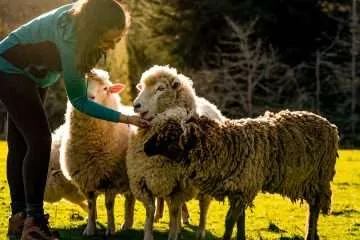
0 Comments